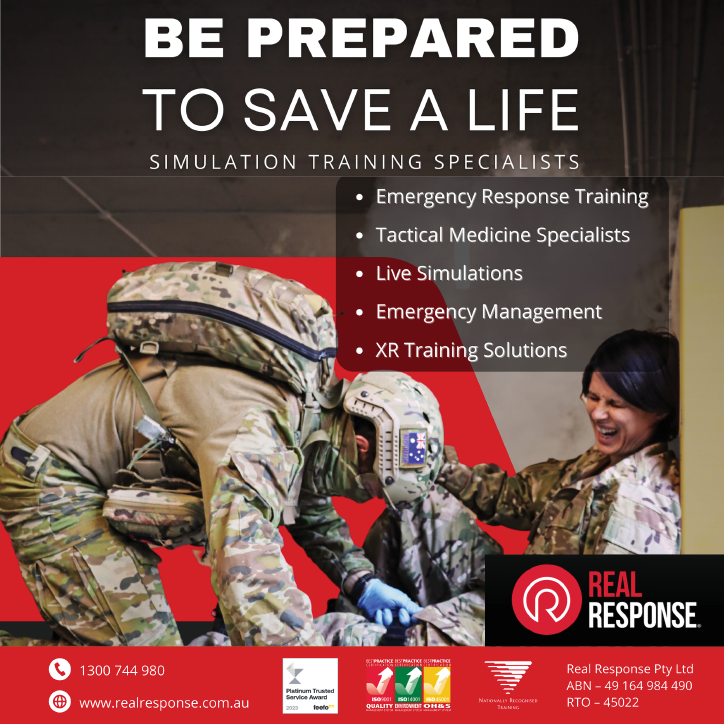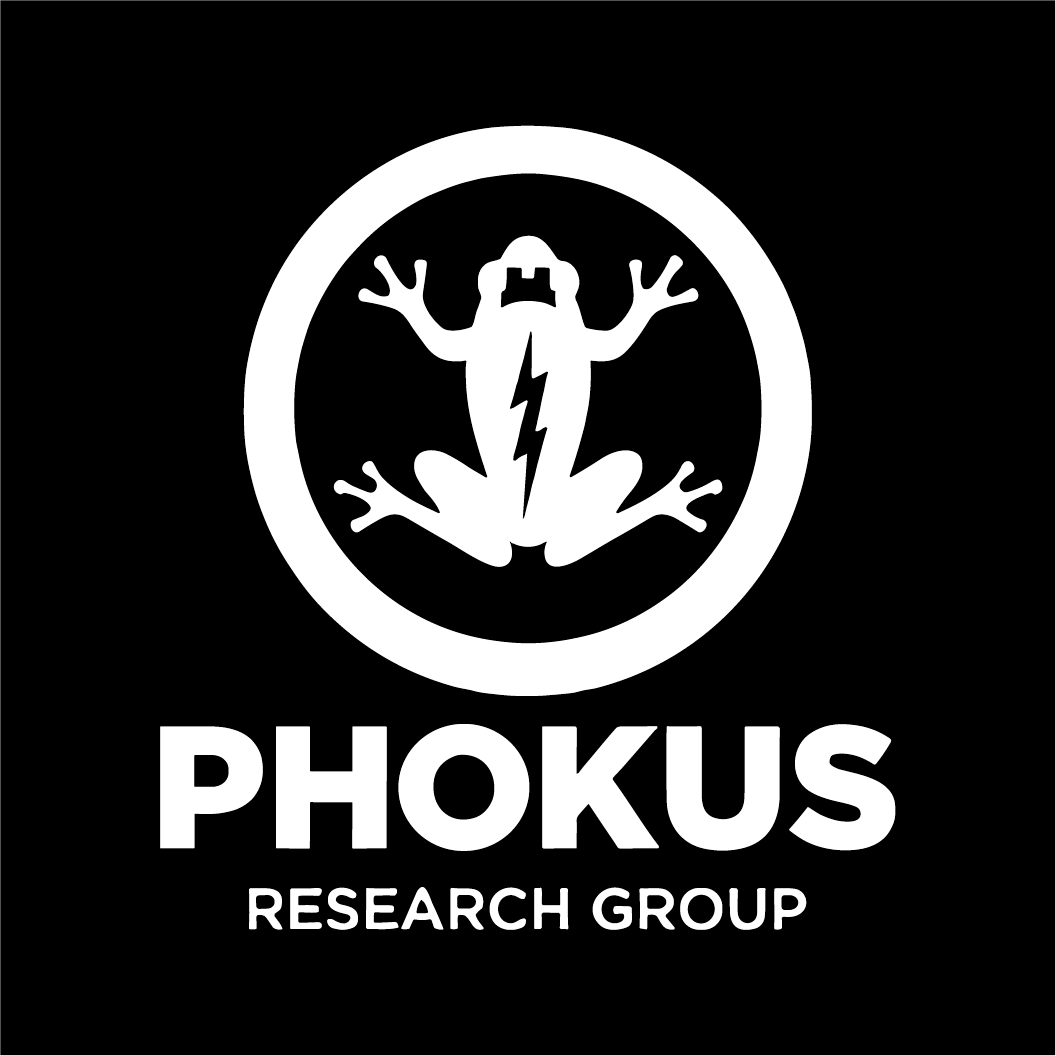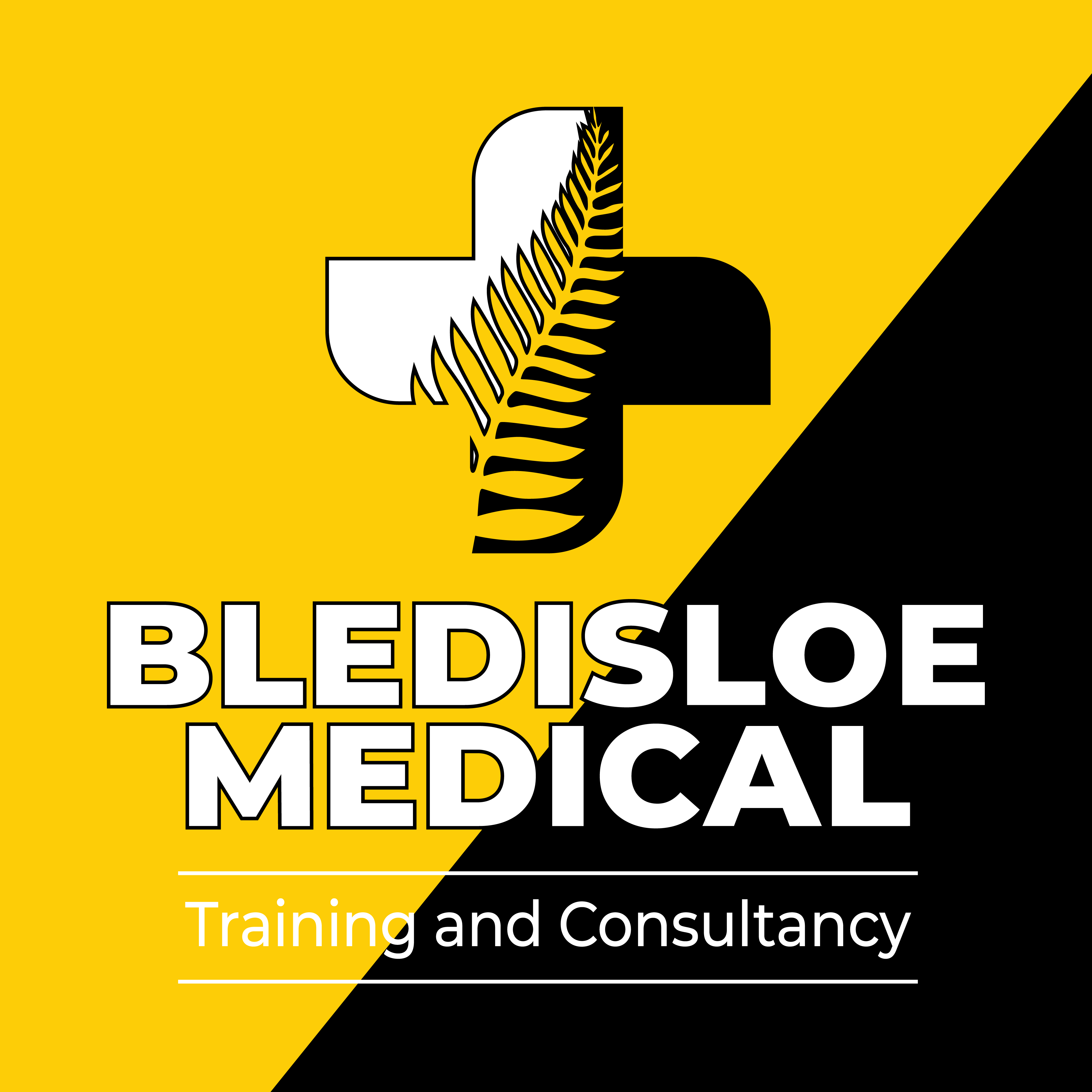Volume 5 Number 1
Re-imagining how care is delivered in the tactical and austere setting: luck vs skill
Benjamin R Mackie
For referencing Mackie BR. Re-imagining how care is delivered in the tactical and austere setting: luck vs skill. JHTAM 2023; 5(1):1-2.
DOI https://doi.org/10.33235/JHTAM.5.1.1-2
Thirteen – an unlucky number for some, but for those involved in the Thailand cave rescue it will forever be a figure that symbolises a seminal event where clinicians, medics and rescue workers overcame a volatile and stressful environment utilising innovation, clinical creativity and highly skilled teams to save the lives of the Wild Boar soccer team. Imaging and integrating a full face dive mask into the anaesthetic intervention to provide constant positive airway pressure led to the successful rescue of 12 boys and their soccer coach1. This is exactly what Australian Dr Richard Harris did. With over 30 years’ experience in cave diving and being a senior consultant anaesthetist, Dr Harris’ ability to embrace uncertainty, perform under stress, and work collaboratively to affect positive patient outcomes was more skill than luck.
This issue of the Journal of High Threat & Austere Medicine (JHTAM) exemplifies researchers and tactical medics who are striving to re-imagine current practices, and provide an evidence base to adopt new and novel skills or treatment algorithms within uncertain, complex and stressful environments to improve patient care. Original research by Mackie et al, presented in this edition as a continuation of previous published protocol2, was conceived by Special Forces medics within the Australian Army who found peripheral intravenous catheter (PIVC) insertion and securement in the austere tactical setting challenging and therefore developed a new method to reduce dislodgement and optimise damage control resuscitation efforts. This study is a pragmatic example of how audits of practice in the austere setting can be enacted to shape future training and provide quantitative data to support a practice change. A further strength of this research is the collaboration between Defence clinicians and international research experts from the Alliance for Vascular Access Teaching and Research (AVATAR) group.
Effective team decision making has the potential to improve the quality of healthcare outcomes. Pre-hospital medical teams such as fire–rescue, paramedics and/or police must appropriately respond to improve the outcome of deteriorating patients such as those trapped in a vehicle following a collision. In this issue of JHTAM, Miletta builds on our understanding and use of shared mental models (SMMs)3 and the different MARCH mnemonics4, which have shown to promote performance under stress and enhance patient outcomes. Stress in all forms affects how people make decisions5 and the introduction of a dual stream mnemonic CrashMARCHE emphasises life-saving interventions while also promoting safety on scene following a vehicle collision. The treatment pathway embedded within this updated mnemonic has been informed by tactical medicine, and could be imparted to rescue authorities and tested by emergency or paramedic researchers to assess the utility of this integrated approach.
In the same way the Thailand cave rescue shifted conventional views on what is possible within diving and hyperbaric medicine, the article in this issue by Brayford-Harris et al argues for a rethink on the governance, training and medical practices within an emerging sub-speciality of tactical emergency medical care, namely public order medicine. Any setting where conventional medical assets are not suitable requires careful discourse and examination of risk versus benefit, as well as an understanding of the legal implications and training and workforce selection.
Building on our understanding of uncertainty and enhancing decision making, Watson and Dawson's book review in this issue on Annie Duke’s Thinking in bets – making smarter decisions when you don’t have all the facts reveals key insights. The authors explore if patient outcomes are the result of skill or luck, consider which viewpoints are pivotal to success, and conclude that the concept of uncertainty must be embedded in the training of pre-hospital and trauma clinicians to optimise individual performance and patient outcomes.
It took more than two weeks to rescue the Wild Boars from the Tham Luang cave complex. When evacuation to a more appropriate echelon (or role) of care is delayed, the principles described in the prolonged casualty care (PCC) standard6 may inform the practices of combat medics and others operating in remote, austere settings. In this issue, former Special Forces emergency nurse Guy Williams provides a timely update on PCC, and his regular continuing professional development quiz affords our readers with an opportunity to test their knowledge in this area.
In 2019, Aldon Delport and Tim Makrides, on behalf of the JHTAM Editorial Board, initiated a partnership with the Army School of Health (ASH), led then by the Commanding Officer LTCOL Stuart Baldwinson CSC, to promote professional discourse and sharing of contemporary knowledge in tactical combat casualty care (TCCC). Their leadership and commitment to grow the journal and adopt the vision of ATMA cannot be understated. I would not have considered a role as Editor-in-Chief of JHTAM if Aldon, Tim and Stuart had not lead by example and supported those at ASH to shape the future and avoid relying on ‘luck’ to solve the challenges of teaching and optimising care in the tactical environment.
This edition of JHTAM is the first under a revitalised editorial team, and it is crucial to acknowledge the efforts of Aldon, Tim and the previous Editorial Board, inclusive of reviewers, in pioneering a platform to enhance the knowledge base within tactical and austere medicine. JHTAM has shifted to a proven publishing platform with Cambridge Media, and will follow a bi-annual schedule, with May and November editions planned in 2023. Finally, we would encourage all our readers to consider writing on their experiences of working within the tactical and austere medical environment. We would particularly welcome student papers, case studies, research critiques, continuing professional development papers or original research that have been presented (or planned) at the Australian or New Zealand tactical medical association conferences.
Acknowledgements
I thank Associate Professor Jamie Ranse, Griffith University, for providing valued critique on my first editorial. LTCOL Jeremy Quade, CO/CI Army School of Health, Australia for his in-kind support which enables me to enact the functions of Editor-in-Chief of JHTAM. To Jodie, Amelia and Lucy for supporting your husband/Dad to spend weekends and late nights contributing to the development of knowledge within the tactical and austere medical field.
Disclaimer
The views expressed in this Editorial are those of the author and do not necessarily reflect the official policy of the ADF or ASH.
Author(s)
Benjamin R Mackie
Army School of Health, Australian Army, Latchford Barracks, Victoria
School of Nursing and Midwifery, Menzies Health Institute, Griffith University, Queensland
Email jhtam.editor@atma.net.au ORCID 0000-0002-7662-3357
References
- van Waart H, Harris RJ, Gant N, Vrijdag XC, Challen CJ, Lawthaweesawat C, Mitchell SJ. Deep anaesthesia: the Thailand cave rescue and its implications for management of the unconscious diver underwater. Diving Hyperbaric Med 2020;50(2):121.
- Mackie BR, Williams C, Tribe B, Muscat J, Clarke B, Schults J, Ray-Barruel G, Marsh N, Delport A, Alvarenga D. The S2C study: securing cannulas in combat: a simulation-based mixed-method study. Vasc Access 2021;7(2):12–8.
- Fein EC, Mackie B, Chernyak-Hai L, O’Quinn CR, Ahmed E. Six habits to enhance MET performance under stress: a discussion paper reviewing team mechanisms for improved patient outcomes. Aust Crit Care 2016;29(2):104–9.
- Shertz M. MARCH versions; 2018 [cited 2022 Mar 20]. Available from: https://www.crisis-medicine.com/march-versions/
- Kerr NL, Tindale RS. Group performance and decision making. Ann Rev Psychol 2004;55:623–55.
- MacDonald J. American, British, Canadian, Australian and New Zealand armies’ program (ABCANZ). ABCANZ Standard: No. 2149R – Prolonged Casualty Care; 2022







